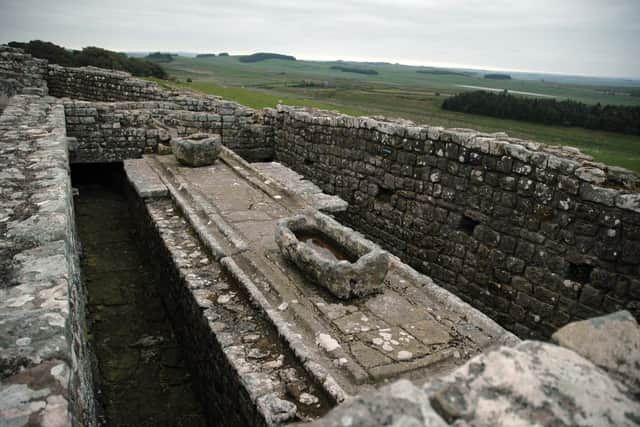These Victorian toilets in Northumberland are now Grade II listed thanks to Historic England
and live on Freeview channel 276
Historic England has announced the The Bank Hill ladies toilets in Berwick upon Tweed have been given listed building status, providing them greater protection and recognition.
The toilets which opened in 1899 are historically significant as a rare early example of lavatories that catered for women.
Advertisement
Hide AdAdvertisement
Hide AdResembling a miniature rustic cottage, the design of Bank Hill ladies public convenience obscured its purpose to shield sensitive Victorians from the reality of public urination.


When it was opened in March 1899 it cost a penny to use and records show that on its first day it attracted 62 customers.
The toilet remained in use until the 1950s and since then has been used as a council storage facility and as an ice cream parlour called the Loovre.
Public loos were introduced in the second half of the 19th century and were installed in workplaces, railway stations, parks, shops, pubs and restaurants.


Advertisement
Hide AdAdvertisement
Hide AdHowever, the vast majority of these facilities were strictly for men only.
The lack of facilities meant that women were often forced to stay close to home, a restriction known as the 'urinary leash'.
Now the building has been listed by the Department for Digital, Culture, Media and Sport on the advice of Historic England.
It joins other listed public conveniences including Houseteads fort on Hadrian’s Wall and North west pillbox, which is part of a World War One fort at Seaton Sluice on the Northumberland coast.
Advertisement
Hide AdAdvertisement
Hide AdVeronica Fiorato, Team Leader for Listing in Northern England, said: “Many people often think of listed buildings only as churches, castles and grand stately homes but buildings like toilets are also an important part of our nation’s rich history.
"There are captured in the myriad of types included on the List.
“The lavatories in Berwick reflect the emerging changing social status of women at the beginning of the 20th century.
"The appearance of toilets like these represented the gradual opening up of a world of new leisure and work opportunities previously unavailable to women.”